Procol • April 15, 2025
Why is Source to Contract Essential for Modern Procurement?
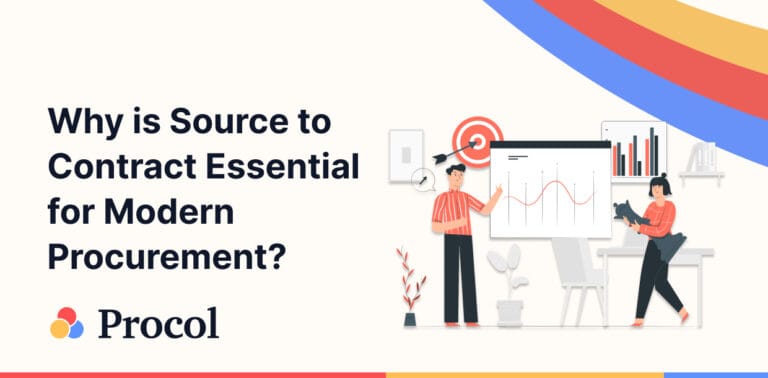
Introduction
Source to contract is a procurement sourcing strategy that mainly refers to the processes handled by procurement teams to acquire and source products and services. Managing supplier relations from negotiation to buying is daunting, and source to contract software gives a proper picture throughout the vendor lifecycle.
In this guide, let’s understand the source to contract process flow, source to contract system, and how it boosts procurement value.
What Does Source to Contract Mean?
Source to contract is a set of buying processes procurement professionals use to source products or services. So, source to contract (S2C) means a complete set of procurement companies used to supply deals, products, or services. This process covers the procurement cycle, from spotting needs to closing supplier deals. Source to contract includes crafting sourcing strategies, getting price quotes, negotiating contracts, and providing contracts to suppliers. S2C aims to create effective procurement buying processes that boost cost-savings, reliability, and compliance across the supply chain.
By using source to contract methods, companies can improve buyer-seller communication, which leads to a more stable supply chain. Also, S2C helps companies find suppliers with trustworthy reputations and the skills to meet specific needs.
The Source to Contract Process
The source to contract process plays a crucial role in strategic procurement. It covers several stages, from pinpointing needs to finalizing supplier agreements. This approach seeks to boost procurement activities, increase compliance, and make purchasing more effective overall. The process involves these source to contract steps:
- Identifying needs and requirements
- Developing a sourcing strategy
- Conducting market research and supplier identification
- Issuing requests for information, proposals, or quotes (RFI, RFP, RFQ)
- Evaluating supplier responses
- Negotiating contract terms
- Awarding contracts to chosen suppliers
- Implementing contract management
Digital platforms have revolutionized the source to contract process flow, making it more manageable, transparent, and compliant. These platforms enable automated bidding, virtual purchase orders, online payments, and improved supplier collaboration. By digitizing and automating source to contract processes, procurement teams can focus on high-value tasks while maintaining smooth purchasing operations.
Source to Contract Process Steps
Several source to contract process steps exist to improve a company’s procurement strategy and create a smooth supply chain. While different organizations may have their approach based on their size and requirements, this outline gives a basic structure:
- Figure out what’s needed: Businesses must spot their general and specific product or service needs.
- Find suppliers: This step involves shortlisting suitable suppliers based on provisional costs, scalability, and existing contracts.
- Get price estimates: Collect quotes from the shortlisted suppliers, looking at more than the price. Also, consider how well they can meet your needs and what extra services they offer.
- Negotiate contracts: This part is about reaching agreements that work for both sides, with potential suppliers setting the stage for long-lasting partnerships.
- Award contracts: After finalizing terms with stakeholders, notify the chosen supplier of the contract award.
- Procurement review: Regularly assess the S2C process, evaluating suppliers’ performance and related processes to ensure continued benefits to the business.
Best practices in the Source to Contract process
Companies should follow several source to contract steps to improve their source to contract (S2C) process.
- Creating a clear sourcing plan that fits company goals is essential. This means setting out each sourcing project’s scope, aims, and needs.
- Grouping suppliers based on their criticality and importance helps resource allocation.
- Building good ties with suppliers and getting them involved can lead to teamwork and new ideas.
- Thorough market research helps with negotiation plans and supplier evaluations.
- A structured method to evaluate suppliers, such as quality, cost, and rule-following, ensures they match company goals.
- Transparency in the RFP/RFQ process and good negotiation, focusing on shared gains, are essential.
- Using digital tools and automation smooths processes and helps make data-based choices.
- Standard contracts with transparent terms and checking compliance with KPIs boost productivity.
- Working together across legal, finance, and operations teams ensures comprehensive alignment.
Continually improving the S2C process based on stakeholders’ feedback and regular checks keeps it functional and working well. - Investing money in training for buying teams and setting up ways to measure their performance makes the process even more successful.
Benefits of a Source to Contract Process
- The source to contract process offers critical benefits for optimizing procurement.
- It enhances supplier selection by enabling thorough evaluation of vendors based on capabilities, pricing, quality, and compliance.
- S2C increases negotiation power through consolidated purchasing and standardized contracts, driving cost savings and favorable terms.
- Risk mitigation is achieved through comprehensive supplier assessment and contract management, ensuring engagement with reliable partners.
- S2C automation brings additional advantages. Gartner reports a 25-30% reduction in procurement cycle times, allowing focus on strategic tasks.
Challenges of the Source to Contract
The source to contract process flow faces several challenges. Managing complex contracts is difficult due to unique details and changing regulations.
- Poor communication often leads to confusion and mistakes.
- Lack of transparency is a significant risk, with 60% of procurement leaders citing it as a concern.
- Data inaccuracy is another issue, with 50% of processes relying on error-prone spreadsheets.
- Supply chain disruptions require quick responses under pressure. Risk management in procurement is delicate, with decisions impacting the bottom line.
- Skills gaps in teams, especially in digital transformation and risk management, can slow operations and cause costly errors.
Source to Contract vs. Procure to Pay
Source to contract (S2C) and procure-to-pay (P2P) are key procurement processes. S2C handles strategic sourcing and contracts, while P2P manages operational execution and payments.
| Source to contract | Procure to pay |
| S2C covers supplier selection, negotiation, and contract management. It evaluates suppliers and negotiates terms. | P2P includes requisitioning, purchasing, receiving, and payment. It starts with employee requests and ends with supplier payments. |
| S2C provides the strategy. | P2P handles day-to-day operations. |
| S2C aims to achieve cost savings and ensure supplier compliance. | P2P optimizes operational efficiency throughout the purchase-to-payment cycle. |
KPIs & Metrics of the Source to Contract Process
Key Performance Indicators (KPIs) and metrics play a crucial role in measuring the effectiveness of the source to contract process flow. These indicators help organizations track performance, identify areas for improvement, and ensure alignment with business objectives. Some essential KPIs for the source to contract process flow include:
- Contract Performance: This metric evaluates how well a contract delivers value, meets expectations, and supports business goals.
- Cost Savings and Value: Organizations measure the bottom line impact by comparing contract costs to performance. This includes analyzing money saved or earned, ensuring optimal return on investment.
- Delivery Times: These metrics determine when tasks, products, or services will be completed according to the contract, setting clear expectations for all stakeholders.
- Quality Indicators: Measurable performance standards provide objective criteria for evaluating work quality, protecting client interests, and fostering continuous improvement.
- Compliance: This comprehensive indicator assesses how well contract results comply with legal, regulatory, and ethical frameworks, including safety standards and data protection.
- Stakeholder Satisfaction: This metric shows the value and quality customers see in products or services, setting a standard across different industries.
- Supplier Performance: Important metrics include how healthy orders are filled, how long it takes to deliver if deliveries are on time, how many defects occur, and how well suppliers stick to contract terms.
- Operational Efficiency: Metrics like the time it takes to complete tasks and the return on investment (ROI) procurement generates show how well procurement processes work.
Key Components of Source to Contract Software
Source to contract software suites provides comprehensive solutions to simplify procurement processes. These platforms have several key parts that boost productivity and effectiveness in sourcing and managing contracts.
Spend Analysis:
This component provides a single view of all historical, current, and planned supplier spending. It helps organizations improve spending through better sourcing, compliance, and demand management.
Sourcing Module:
This feature enables organizations to manage complex sourcing events, leveraging other modules within the suite. Advanced source to contract solutions use AI to automate the sourcing process and provide event timing and management recommendations.
Supplier Management:
Source to contract software supports the complete supplier lifecycle, managing and verifying supplier information. Leading providers tackle data quality issues using various capabilities, including AI/ML, to ensure up-to-date and accurate supplier data for supplier management.
Contract Lifecycle Management (CLM):
As the final concrete step in the S2C process, CLM increases the speed and quality of contract drafting, negotiating, and ongoing management. Top source to contract solutions offers deep configurability, guided authoring, and clause-level risk scores.
Analytics and Reporting:
S2C vendors typically include report builders, reporting dashboards, and descriptive reports of all S2C metrics. Advanced source to contract solutions offer market intelligence through community-sourced data and AI/ML-enabled actionable analytics.
Benefits of Implementing Source to Contract Software in Business Operations
Implementing Source to Contract software in business operations offers numerous advantages. Organizations can streamline their procurement processes, significantly saving time and cost. S2C suites automate and optimize various aspects of procurement, from sourcing to contract management.
- One key benefit is the ability to identify savings opportunities quickly. Source to contract software enables businesses to conduct thorough spending analysis, helping them pinpoint areas for cost reduction. Additionally, these platforms facilitate efficient supplier management, allowing companies to curate and diversify their supplier base through networked B2B e-commerce marketplaces.
- Contract management is another area where the source to contract software shines. It speeds up contract writing and ensures the immediate realization of negotiated savings. By connecting contracts to guided buying experiences, organizations can drive on-contract spending and improve compliance.
- Furthermore, source to contract systems often include robust analytics and reporting features. These tools give businesses valuable insights into their procurement processes, enabling data-driven decision-making and continuous improvement.
The Best Source to Contract Software in 2024
Procol:
Procol is a procurement solution company known to enhance vendor performance, improve contract management, and achieve more cost savings. Every buying category and its sourcing process are different. Procol’s sourcing tool meets the industry’s specific needs and is leading in high adoption, time savings, and cost reductions. The source to contract system simplifies and combines all your sourcing tasks, from RFPs and RFQs to BOQs and Auctions. It is now easy for a business to compare vendor quotes and handle procurement data with remarkable efficiency and precision.
Ivalua:
Ivalua’s S2C suite helps businesses tackle source to contract challenges. It improves compliance, reduces risk and costs, digitizes contracts, and delivers better procurement outcomes. The suite covers sourcing projects, RFX, auctions, category management, supplier information and performance management, risk management, and contract management. It creates a holistic approach to source to contract processes.
GEP:
GEP’s S2C suite offers consulting and outsourcing services to improve business value and performance. It helps achieve year-over-year savings and enhances team efficiency. The suite is built on advanced analytics, market insights, category expertise, and procurement software. It covers the entire sourcing cycle with customizable engagement models.
Coupa:
Coupa’s S2C suite streamlines procurement with integrated tools. It connects sourcing, contracting, and purchasing in one system. Features include supplier vetting, tailored events, and risk management. The suite offers a complete view of spending, simplifies supplier qualification, and helps businesses realize negotiated value. It integrates with invoicing and risk management for better results.
SAP Ariba:
SAP Ariba’s S2C suite tops our list with its comprehensive strategic sourcing solutions. It helps create best-value agreements for sustainable savings across direct and indirect materials and services. The suite standardizes source to contract processes, identifying savings opportunities and new supply sources while reducing costs and risks. It offers indirect and direct materials sourcing solutions, covering guided sourcing, category management, and integrated contract management.
Conclusion
Source-to-contract (S2C) procurement is smoother, leading to better productivity. It combines finding suppliers with managing contracts, allowing for fact-based choices and risk mitigation. Source to contract software automates tasks, improves compliance, and saves more money.
As businesses evolve, S2C’s importance grows. Top source to contract solutions offers comprehensive features covering all procurement aspects. By adopting these tools, companies can stay competitive and maximize value from supplier relationships and procurement processes.
Explore more from Procol
Discover expert tips, how-to guides, industry insights, and the latest procurement trends.
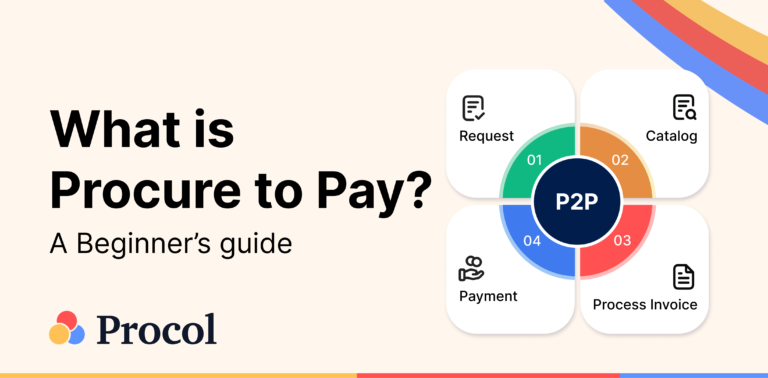
What is Procure-to-pay (P2P)? An Ultimate Guide
Procure to pay is the process from procurement of materials needed...
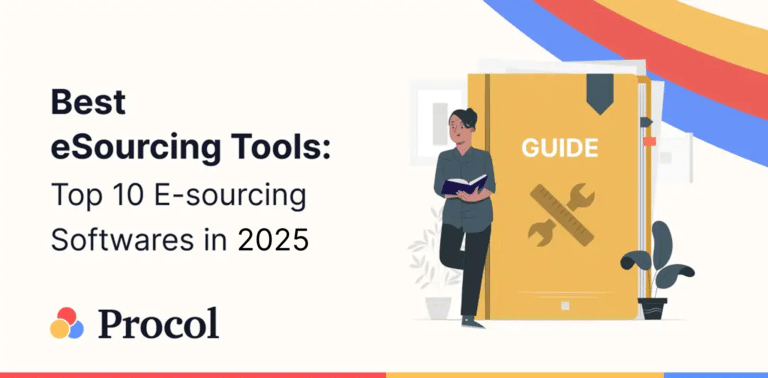
Best eSourcing Tools: Top 10 eSourcing Software in 2025
Discover top 10 e-sourcing tools and esourcing platforms necessary for efficient...
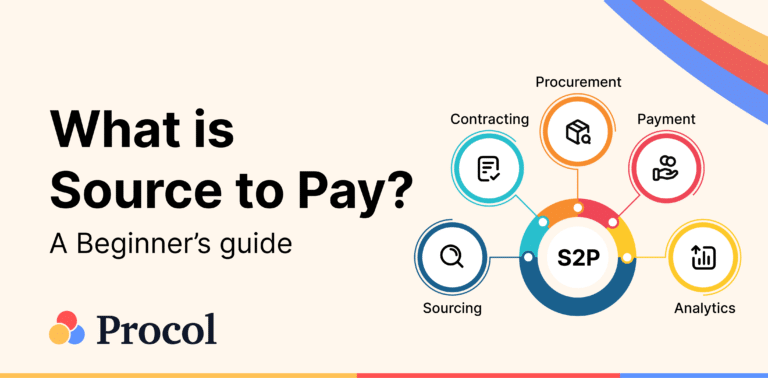
What is Source-to-pay in 2025? An Ultimate Guide
Source to pay is the process of sourcing vendors to procure...

